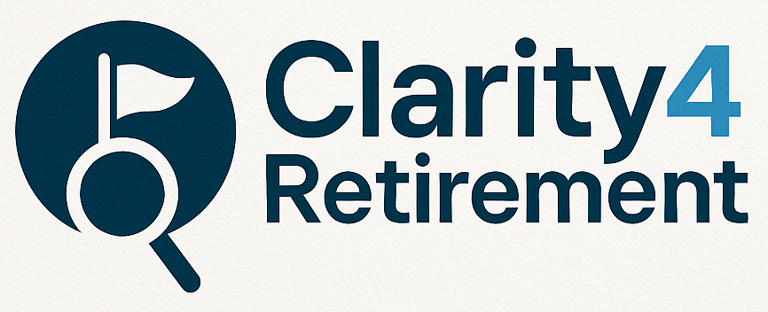Medicare Advantage Plans -- How they work
Medicare Advantage Plans (Part C)
Medicare Advantage Plans (Part C) are all-in-one alternatives to Original Medicare, combining hospital, medical, and often prescription drug coverage. Many Advantage plans offer $0 or low monthly premiums. However, Advantage plans can end up being much more expensive and much more limiting than Medicare supplement plans. it’s important to understand what they do and don’t cover, and how their co-pays and out-of-pocket costs work.
What’s Included?: Hospital coverage (Part A) Medical coverage (Part B) Prescription drug coverage (Part D) Emergency and urgent care


Extra benefits with most Advantage plans: Dental coverage: Typically covers only one x-ray and two cleanings per year, usually with co-pays. More expensive dental work like fillings, crowns, or extractions are usually not covered or involve significant out-of-pocket costs.
Vision coverage: Usually only includes a max $200 benefit over two years towards glasses or contacts — not ongoing eye care.
Hearing coverage: May offer discounts on hearing aids and exams, but expect copays from $500 to $1,500 per device and restrictions on brands or providers.
Many people assume Advantage plans fully cover these areas. They do not. These benefits are limited and typically come with associated out-of-pocket costs.


Costs -- Medicare Advantage costs include:
A. Medicare Part B Premium -- Always Required
$185 per month for most people in 2025
B. Advantage Plan Premium -- Some plans have $0 premiums. Other plans can charge $100+ depending on benefits and location.
C. Deductibles & Copays -- These vary widely by plan.
Annual medical deductible: $0-$500 depending on the plan
Doctor's Office Visits: $0-$30 per visit
Specialists: $20-$60 per visit Outpatient Surgery: $100–$350 or 20% coinsurance Lab Services: $0–$20 Diagnostic Imaging (MRI, CT): $100–$300 X-rays:$10–$40 per image or per visit Preventive Services (shots, screenings): covered 100% by law Durable Medical Equipment (DME): 20% coinsurance Ambulance (Ground): $250–$400 Emergency Room (ER): $90–$120 usually waived if admitted
D. Maximum Out-of-Pocket Limit (MOOP) -- All Advantage plans have an annual limit on what you spend on medical services. MOOP for 2025: $8,850 (in-network services only)
2025 maximum: $8,850 (in-network services only)
Many plans offer lower MOOPs but with higher monthly premiums.
Once you reach this limit, the plan pays 100% of covered services.
E. Prescription Drug Coverage (Part D)
Most MA plans include Part D coverage for free, but drug costs vary:
Copay examples for drug coverage:
Tier 1 (generic): $0–$10
Tier 2–3 (preferred/non-preferred): $20–$100+
Tier 4–5 (specialty medications): Coinsurance -- 25%–33% of total cost)
